Some of the links in this post may be affiliate links.
One of the easiest houseplants to propagate, Spider Plants (Chlorophytum comosum) make it really easy for you to create new plants. Another common name for this plant is airplane plant. Mature plants will produce more babies than you know what to do with. But there are more ways to propagate your spider plant than you might think!
From division, to baby plants, to even growing them from seed (and a couple variations in between) keep reading and I will show you 5 different ways that you can propagate your spider plant.
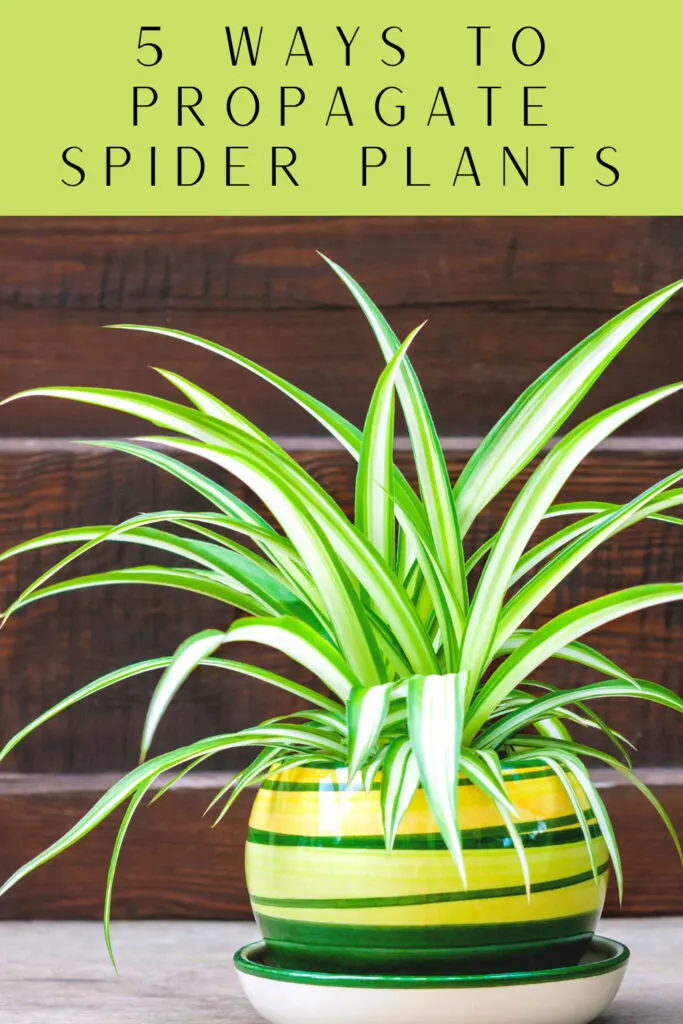
Table of Contents
HOW TO PROPAGATE A SPIDER PLANT: 5 EASY METHODS
Spider plant propagation is super easy. Here are 5 easy ways, so choose one that works best for you!
1. Detach Spider Plant Babies & Root in Water
Spider plants produce numerous stolons or runners (they are the yellowish, long stems growing out of the parent plant) that will form perfect new babies right along them.
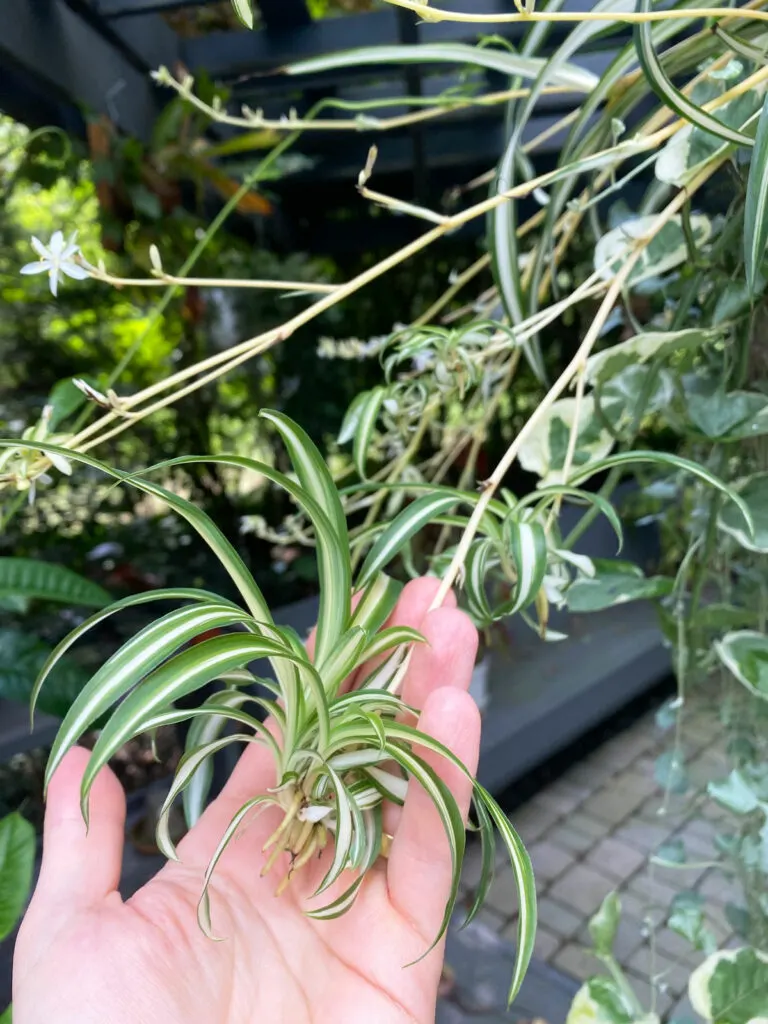
This is perhaps the easiest way to propagate. Simply cut a spider plant baby off of the mother plant with a pair of scissors and place it in a cup of water to root.
When selecting a plantlet to cut off, I like to make sure that the base of the plantlet is at least starting to show signs of growing its own roots like in the photo below. You can see tiny roots forming just to the left of my thumb.
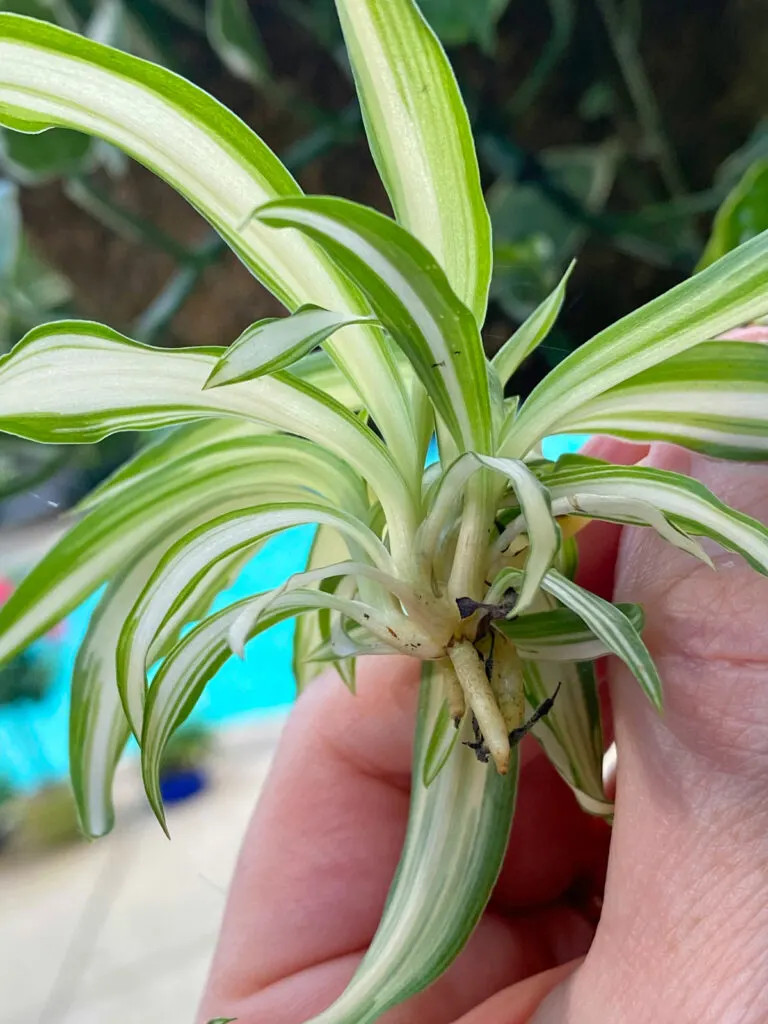
Then simply place it in a glass or jar of water and allow the roots to form.
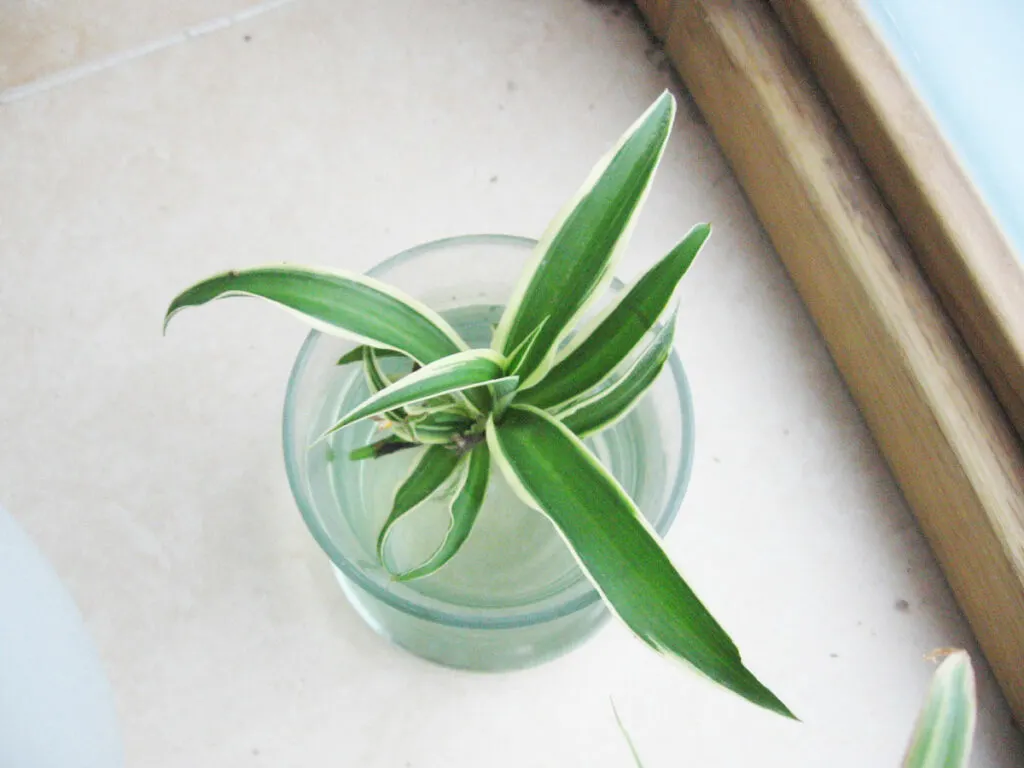
The roots should grow pretty rapidly. Once the plant’s roots are about 1-2 inches long or so, like in the photo below, you can go ahead and pot it up!
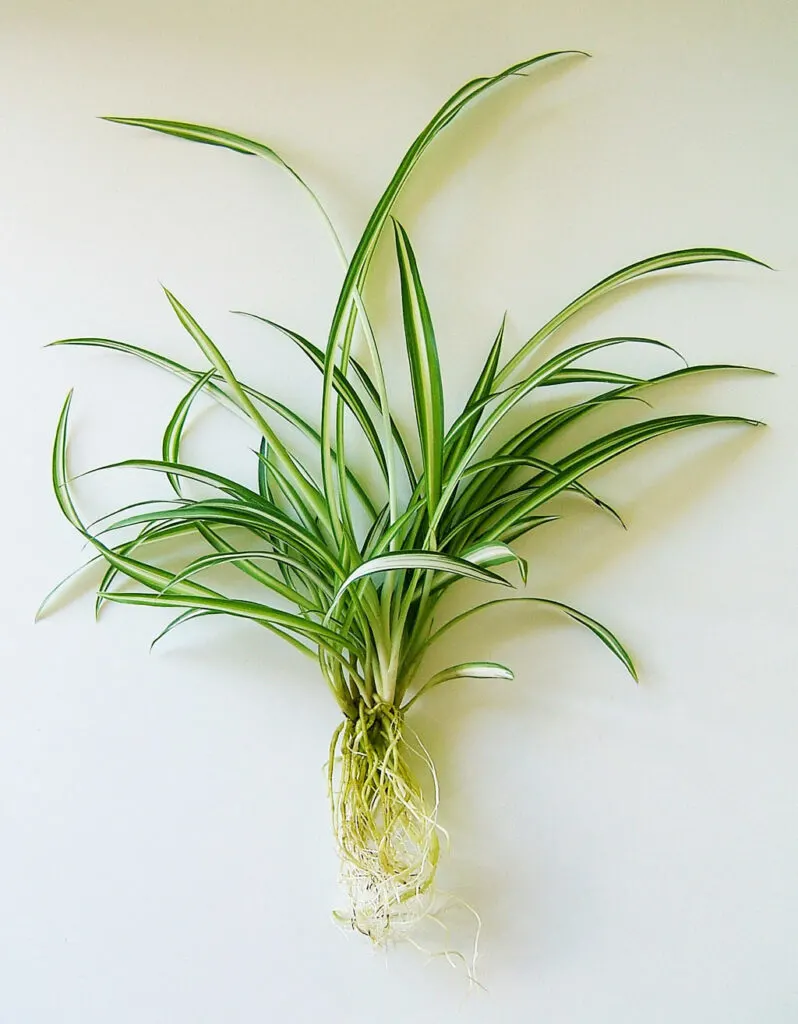
Depending on your conditions, it probably won’t need much longer than a couple of weeks in water.
If you enjoy propagating plants in water, don’t miss my post on the best houseplants to propagate in water.
2. Detach Baby Plants & Place in Moist Soil
In this method, simply cut any spider plantlets off of the runners, and instead of putting them in water to root like method #1 that I just described, you can simply pot them right up in a small pot that has drainage holes.
Keep the potting soil fairly moist while it is rooting. It would be beneficial to also
Once you notice that the plantlet is growing, you can take the plastic bag off and start your normal care routine.
If you want my guidance on potting mixes, check out my blog post on the 3 best soils for spider plants.
3. Leave Little Babies on the Stolon & Set in Moist Soil
You can also leave the baby spider plants attached to the main plant, and place the little plant in a small pot with potting soil.
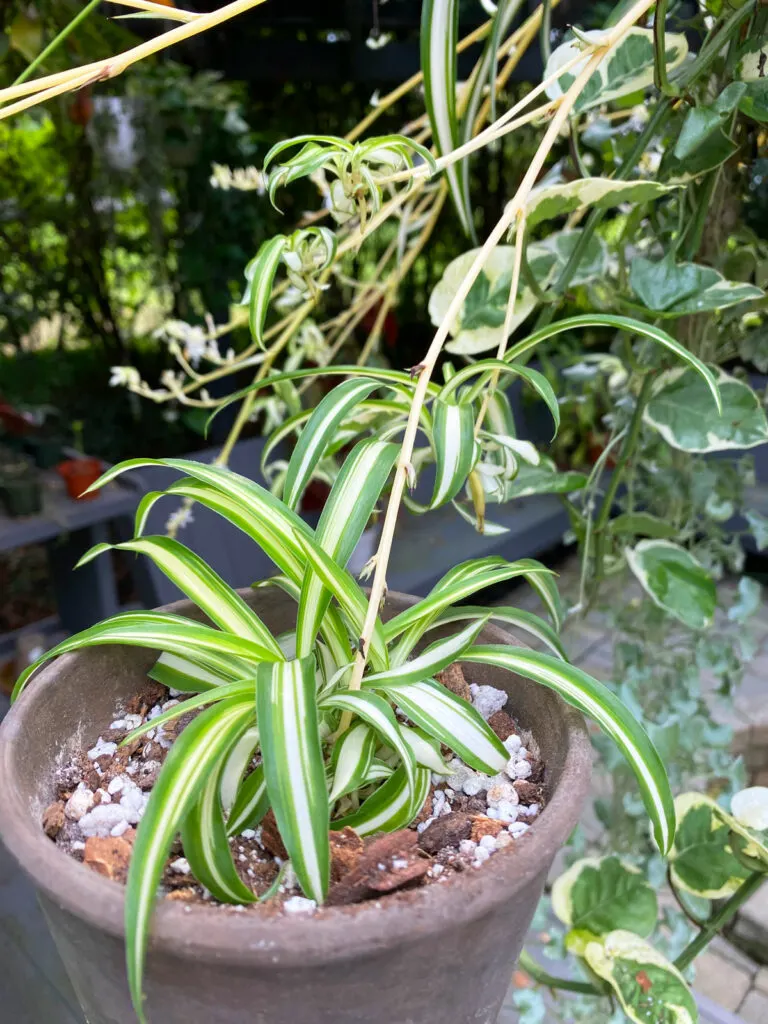
Keep the potting mix fairly moist and water when the surface of the mix dries out. Since the plantlet is still attached to the parent plant via the yellow stolon, it is still getting nourishment from the mother plant and it will not really experience any shock.
Once the new spider plant appears like it is growing plenty of new leaves, you can set it free from the parent plant and cut it off the stolon with a pair of scissors.
4. Divide the Mother Plant
If your mature spider plant has several plants growing in a pot, you can simply divide it at the roots and split it into as many plants as you want.
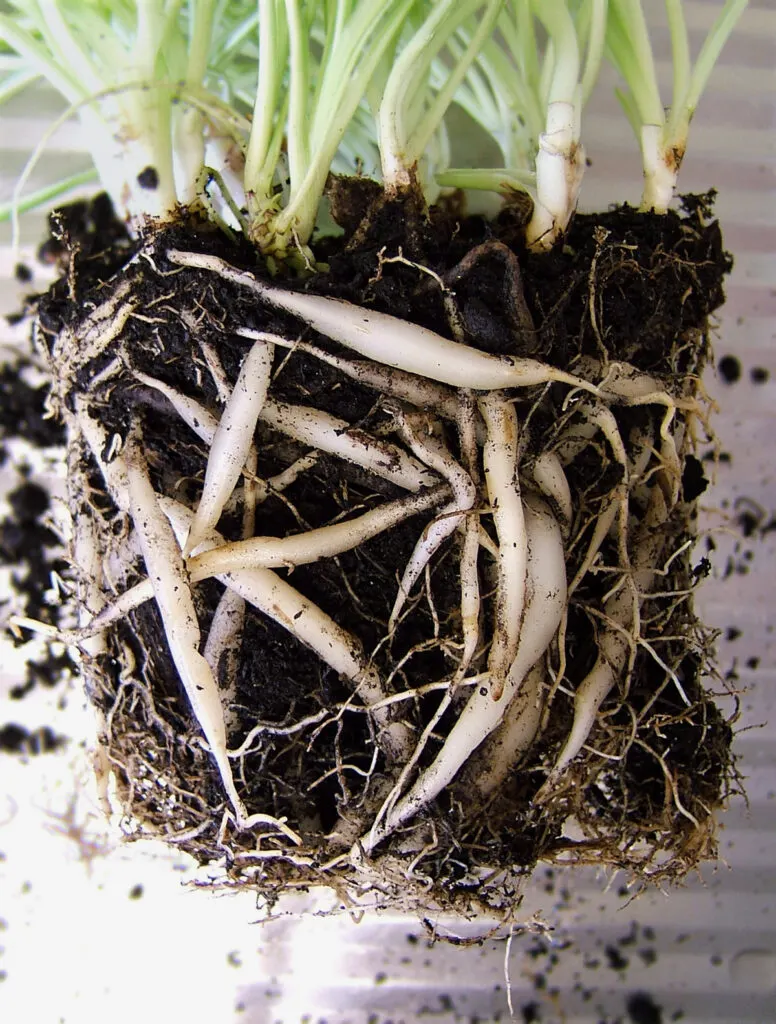
You can see that there are several plants growing in the photo above. In order to divide those plants up, gently tease them apart at the roots into as many sections as you want and pot them up separately.
Before you do this, it may be helpful to make sure your plant is well watered. It will make it easier to tease the roots apart.
If your plant is really root bound, sometimes the best way to do this is to take a saw or sharp knife and cut straight through the root ball (sometimes this is the only option!)
5. Grow Your Own Spider Plant Babies from SEED!
Have you ever seen seed pods grow on your spider plants? Unless you have your plants outdoors, they may not ever get pollinated indoors so you may not even notice any.
Take a look at all the flowers below on my spider plant outdoors.
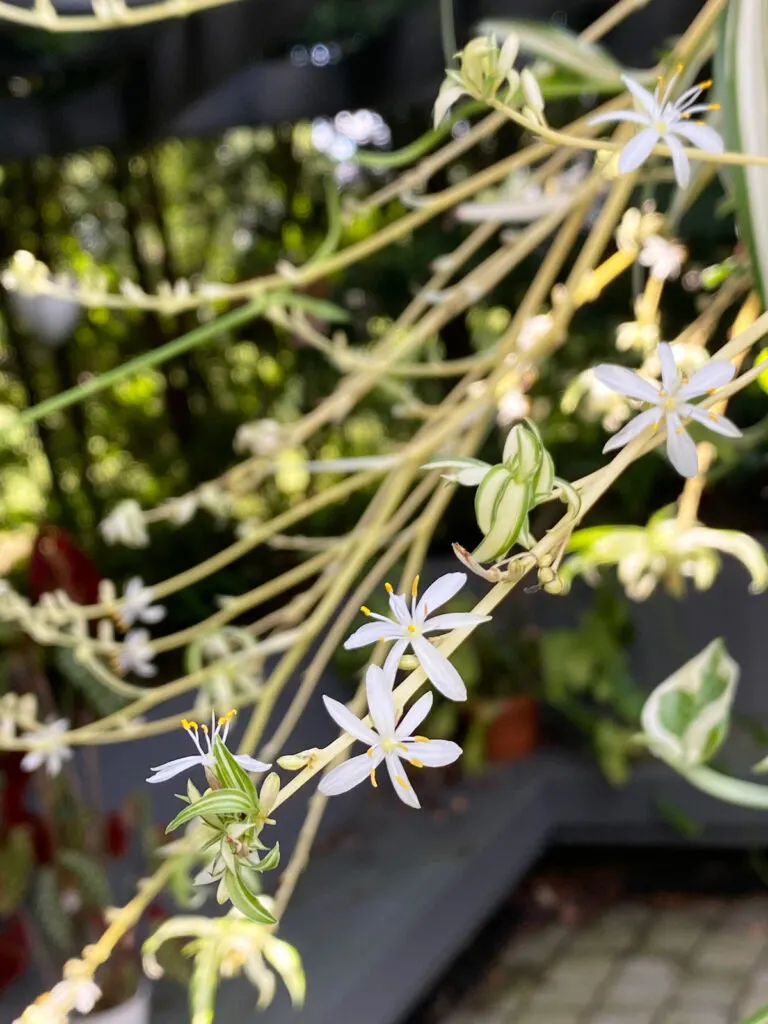
Since this plant was outdoors, the Mother Nature took care of the pollination for me. If the flowers are not pollinated, they will simply fall off and no seed pod will form.
You can choose to pollinate by hand by taking a tiny paint brush or cotton swab. Simply collect the yellow pollen from one flower, and touch it against the tip of the pistil on another flower.
If the pollination was successful, seed pods will form like the ones on my plant below.
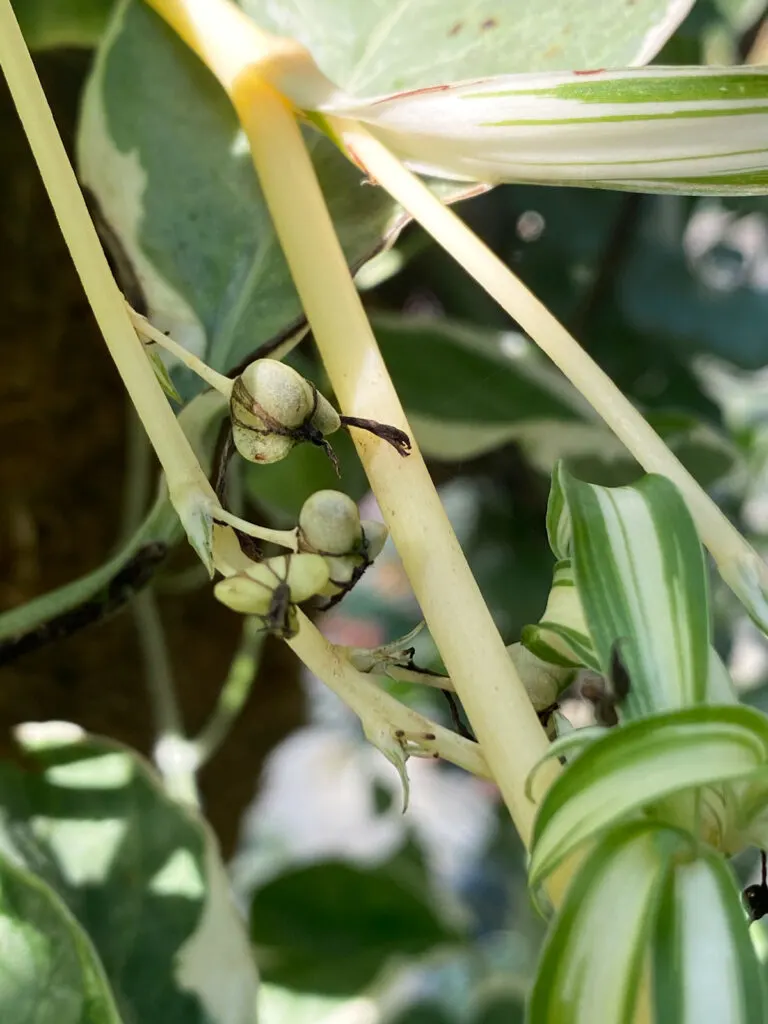
The seed pods will be greenish with 3 lobes. When the seed pods are ripe, they will dry out and turn brown and will split open to reveal many small black seeds.
For best results, sow the seeds immediately to make sure the seeds are viable and will give you seedlings.
Simply sow the seeds about 1/8″ to 1/4″ deep (not any deeper) in a small pot with potting mix, keep it moist, place it in a nice, bright window, and wait for the seeds to germinate.
Please note that if you are growing a variegated spider plant from seed, the resulting spider babies may or may not be variegated.
If you want a true copy of your plant, you should propagate using the numerous plantlets that your parent plant will form.
I hope you’ve enjoyed this post on how to propagate spider plants!

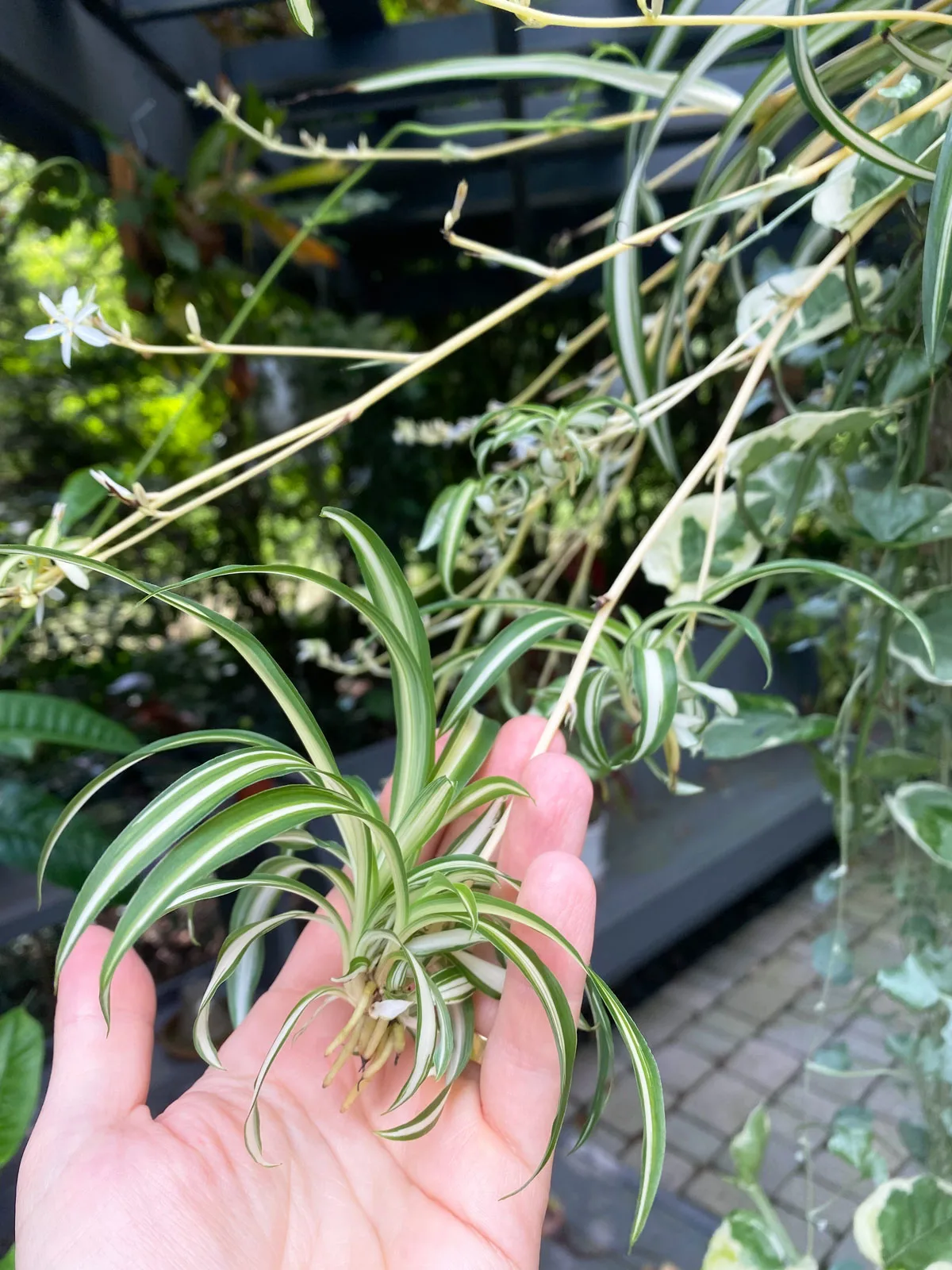
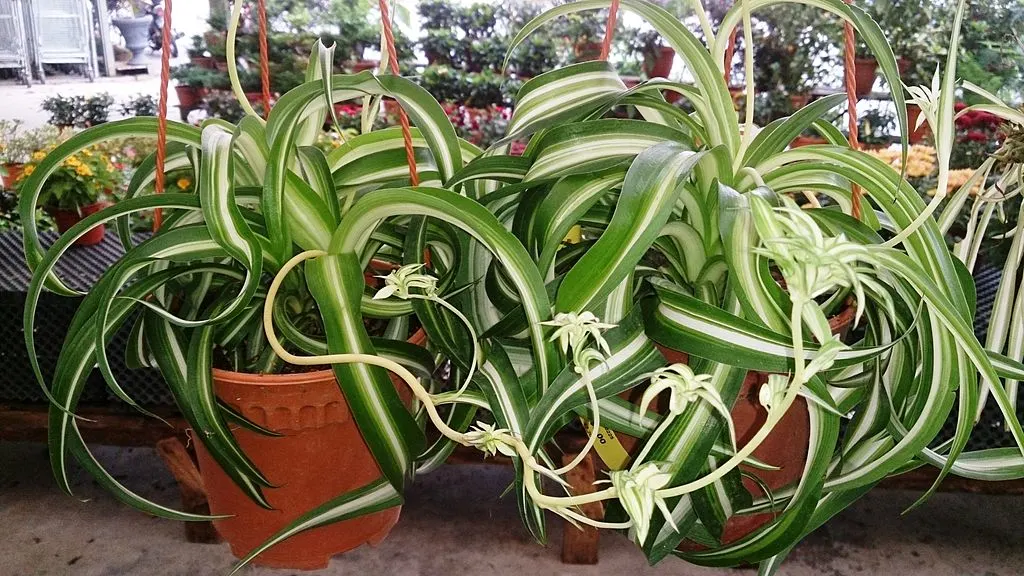
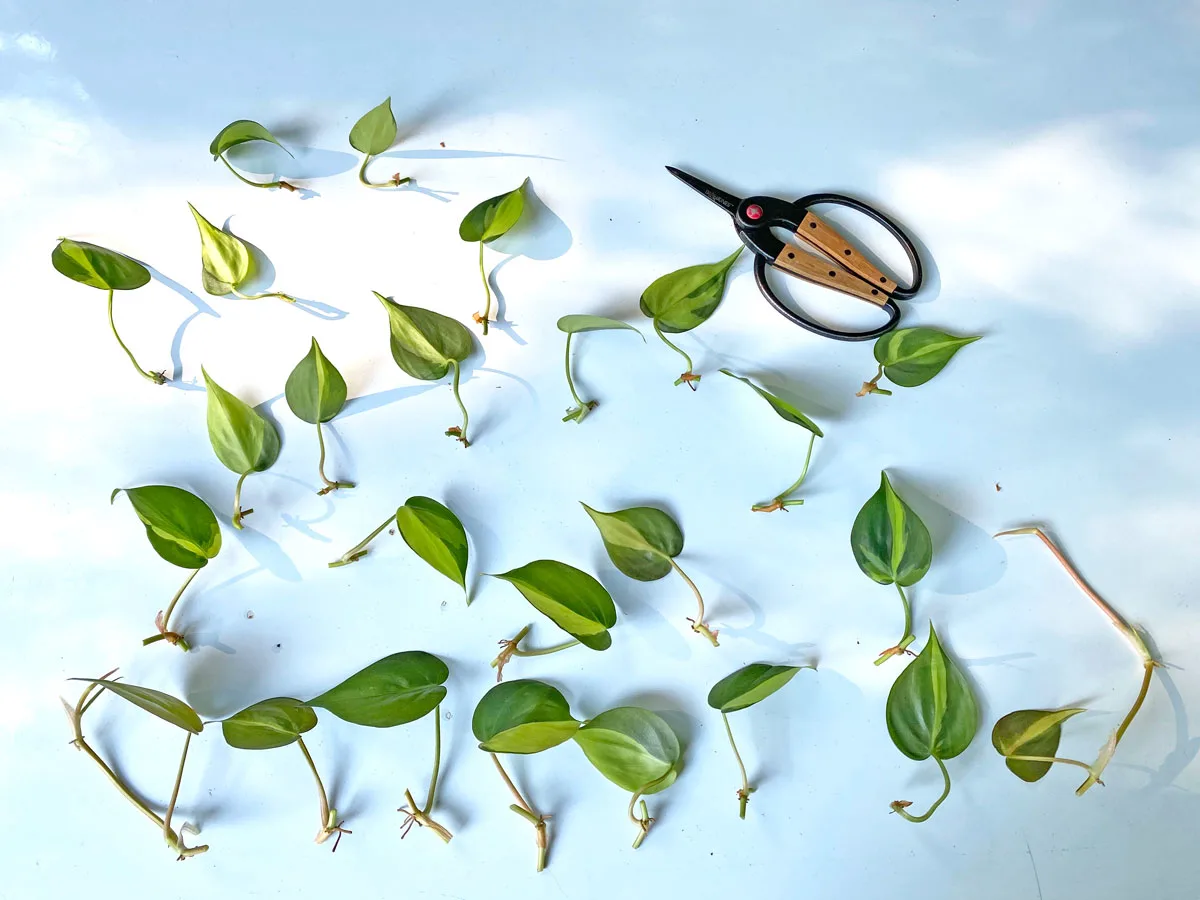
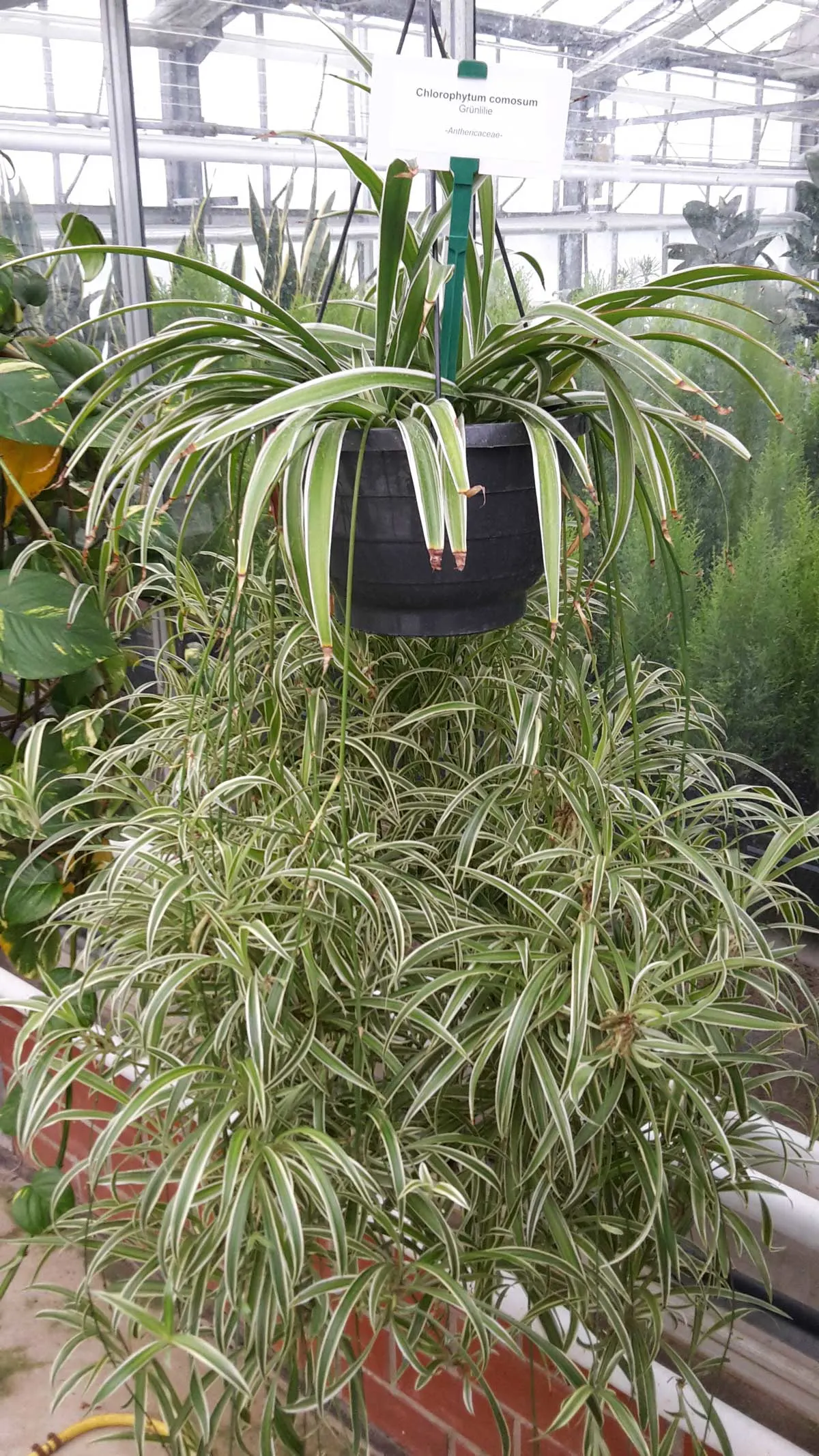
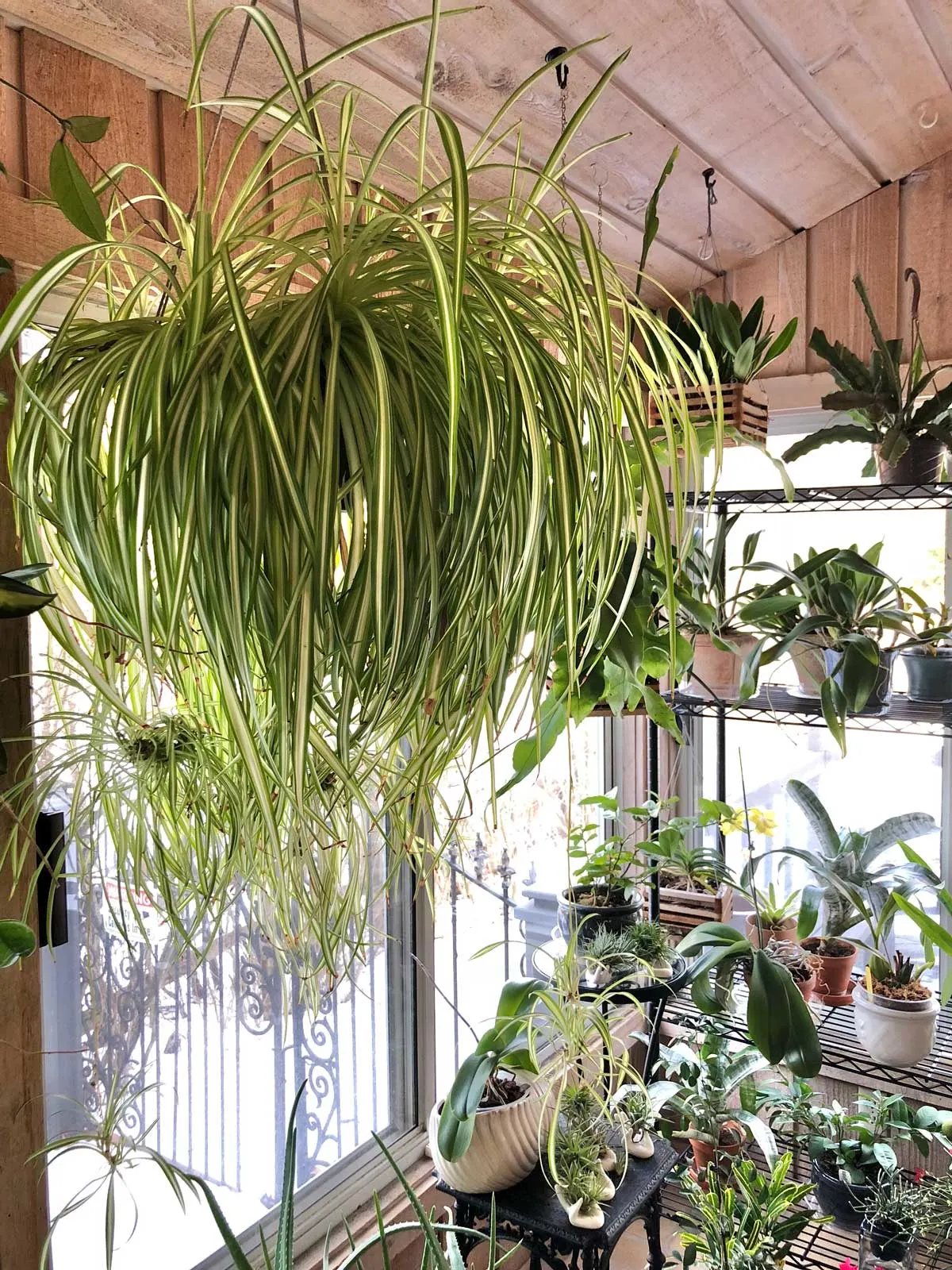
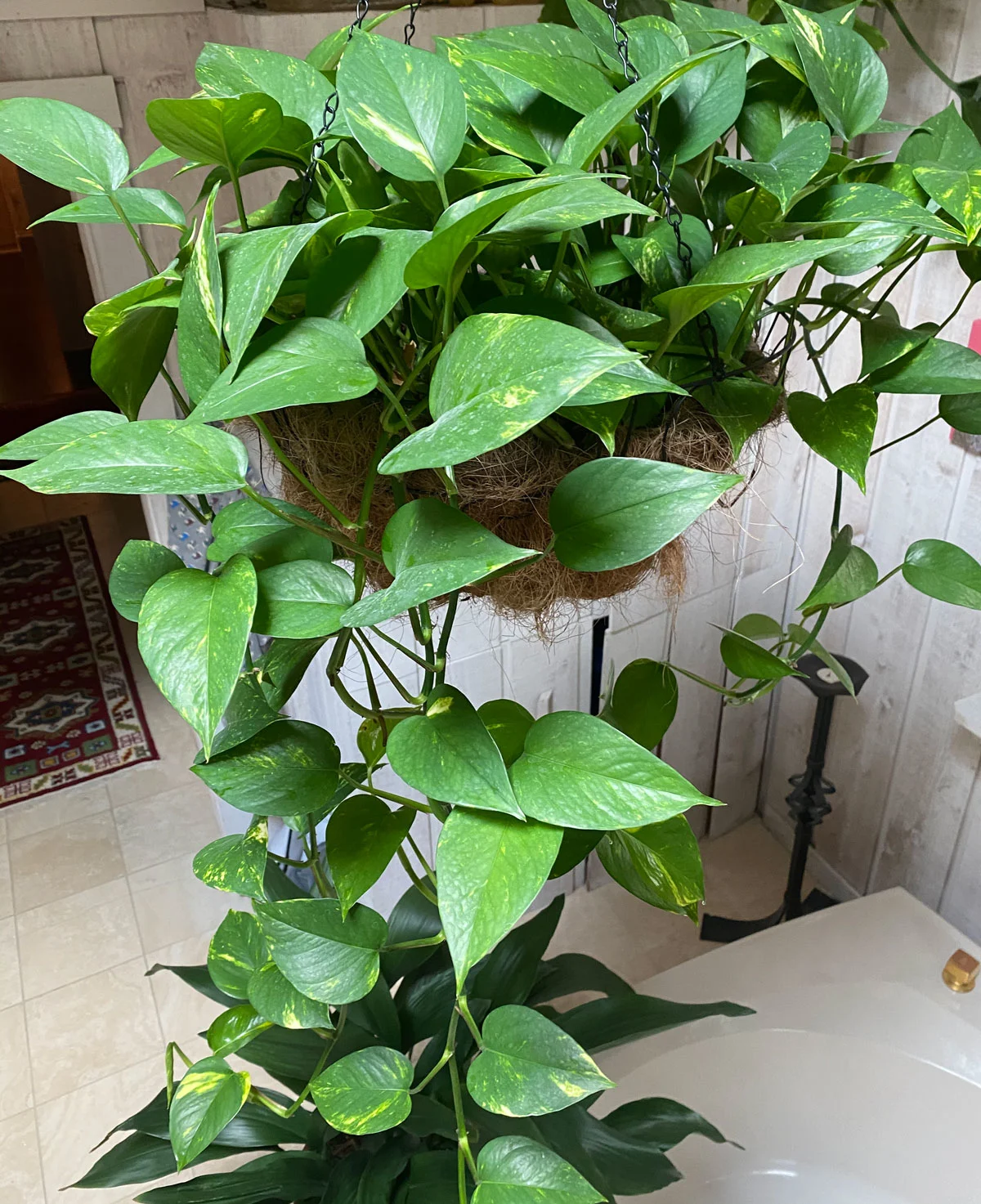
Carrol
Tuesday 9th of January 2024
Has anyone tried to propagate a spider plant, from one of its long fat roots? I cut back one of my plants, and have a huge pile of roots - fat and tiny feeder roots, and I don't want to waste them, if they will make new plants. I have planted a few of them, to experiment.
Raffaele
Tuesday 9th of January 2024
Hi Carrol, I've never tried this, but I don't think it will grow any new plants unless you also broke off the base of a plantlet.
Jessica Daniels
Friday 28th of October 2022
I love this so much. I was just looking at one of my spider plants that was once a little TINY Baby from the mother plant and thinking, "I cannot believe that you were once that little TINY Baby"!!! It's HUGE already, and already busting out of it's 4 inch pot! Time to move on up to a 6 inch pot. You can create literally hundreds of new plants from just ONE mother plant! I love it. Great info here, I didn't know about the seed pods.
Raffaele
Saturday 29th of October 2022
They are definitely very gratifying plants to grow!
Jamie
Saturday 18th of June 2022
Once I cut the baby off the mother do I leave the stolon on the mother or cut it off?
Raffaele
Sunday 19th of June 2022
Either way is fine. I like to cut them off personally.
Adeline
Tuesday 8th of March 2022
Thanks for all the information I'm going to try to propagate from seeds
Raffaele
Wednesday 9th of March 2022
You're very welcome Adeline, and good luck! It's fun to grow these from seed :-)